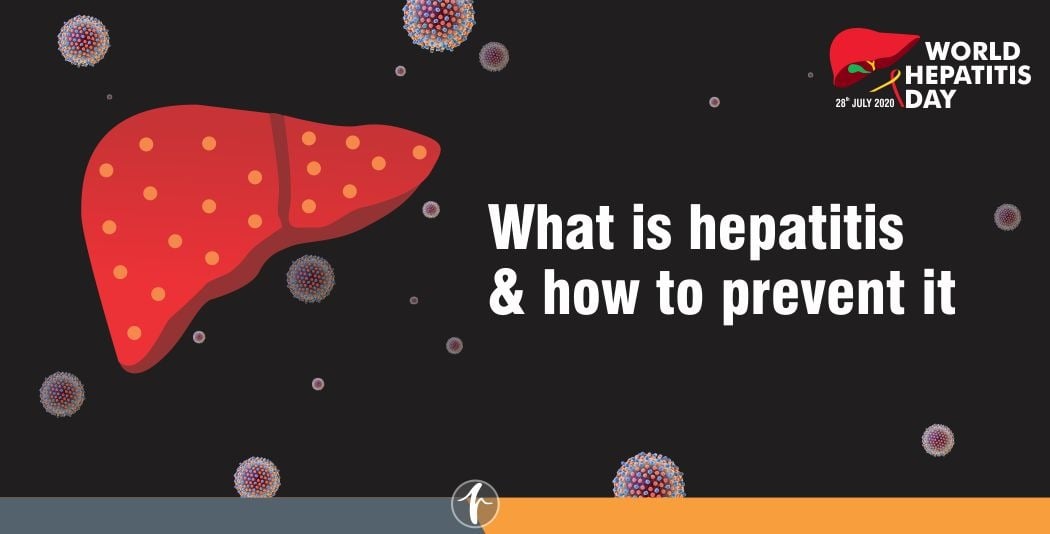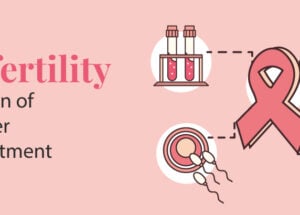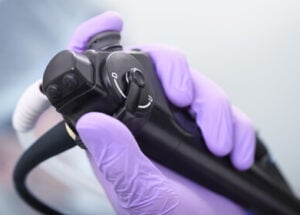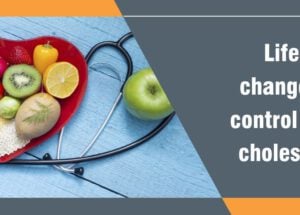Fertile Window Calculation: Methods & Techniques
March 15, 2025

A woman can become pregnant at any point during her cycle, but the ovulation period is when it’s most likely to happen. Depending on a person’s period, ovulation can occur at different times.
Within a day or two after ovulation, when the ovaries produce an egg, females are at their most fertile. However, because sperm can remain viable in a woman’s body for several days before ovulation, it is possible to become pregnant during this time.
The “safe period” refers to the times of the menstrual cycle when a woman is least likely to become pregnant.
Factors to Consider for the Calculation
Understanding your fertile window is essential for those trying to conceive or avoid pregnancy. This section explains the menstrual cycle, ovulation, and key methods to determine the most fertile days.
The Menstrual Cycle
The typical menstrual period lasts 28 to 32 days. While some women have much shorter cycles than others. A person’s menstrual cycle is said to begin on the first day of their period. After that, their menstruation usually lasts 3 to 7 days. Most irregularities in the menstrual cycle appear in the follicular phase, which comes before ovulation. The luteal phase lasts from ovulation until the following menstruation and usually lasts 14 days.
Conception and Ovulation
When an egg is released from one of the ovaries, ovulation takes place. The egg travels to the fallopian tube after being released, where it will spend the next 24 hours before reaching the uterus. If sperm reaches the fallopian tube and fertilizes the egg, pregnancy results. If the sperm does not fertilize the egg, it travels to the uterus, where it degrades and gets ready to exit the body during the subsequent menstrual cycle.
Menstruation Calculation
The American College of Obstetricians and Gynaecologists estimates that if a person’s monthly cycle is 28 days, ovulation takes place about 14 days before they anticipate getting their next menstruation.
Typically, ovulation occurs between days 11 and 21 of the period. Day 1 of the cycle corresponds to the first day of their last menstrual period (LMP). Every month, ovulation does not always take place on the same day. Instead, it can happen one or more days before or after the anticipated date.
Because there is a higher possibility of pregnancy during this cycle period, doctors refer to it as the fertile window. For instance, if ovulation occurs on day 14, a woman may become pregnant that day or the day after.
However, due to the fact that sperm can live inside a female body for up to 5 days, their fertile window starts a few days before ovulation. Therefore, if a person had intercourse without using contraception on days 9 through 13, they could still become pregnant even if they don’t have intercourse on days 14 or 15.
The probability of conception increases starting on day 8, reaches its peak on day 13, and then decreases to zero by day 30, according to research from 2018.
Remembering that these results should only be used as general guidance is crucial. Everybody and every period is unique.
To help determine the precise day of ovulation each month, it can be beneficial for a person to chart their monthly cycle and keep track of the ovulatory symptoms.
Ovulation Indicators
A person can find out exactly when they ovulate each month by keeping track of the ovulatory symptoms.
Symptoms include,
- Moderate lower abdominal cramps.
- Vaginal discharge that is more slippery, clearer, and wetter than egg white.
- A slight rise in the body’s core temperature.
- An increased libido
Some of these symptoms, like changes in basal body temperature, will persist after fertilization. The fertile window should not be predicted based on temperature for this reason. To get a sense of what is typical for their body, it may be useful for someone to keep a note of the symptoms over a few months. However, they should be aware that there are several factors and that ovulation timing can vary from month to month. Utilizing an ovulation predictor kit or fertility watch is an additional choice.
To determine the ovulation day each month, fertility aids test the levels of particular hormones in the urine. Some tools can also pinpoint fertile days. A person may use a combination of these techniques for the greatest accuracy.
Enhancing Fertility and Pregnancy Prospects
To increase the likelihood of getting pregnant, one should schedule sexual activity two to three days before and including ovulation. A 20–30% possibility of pregnancy may result from having sex on any of these days. Other suggestions to raise the likelihood of pregnancy include:
- Have intercourse on a daily basis: Partners who have sex every two to three days during the month have the greatest pregnancy rates.
- Don’t smoke: Smoking affects a fetus’s health and decreases fecundity.
- Drink in moderation: Alcohol consumption can damage a fetus and decrease fertility in both sexes.
- Sustain a healthy weight: Obese or underweight people are more apt to experience irregular ovulation.
- Stress Should Be Reduced: It is obvious that reducing stress can be helpful for a person attempting to conceive, even though the study on whether anxiety or stress can reduce fertility is not conclusive.
- Take Care of Medical Conditions: Any medical conditions that might cause sterility should be ruled out or treated. This can affect women in a variety of ways, such as autoimmune diseases, endometriosis, polycystic ovarian syndrome (PCOS), uterine fibroids, and hormonal issues. A doctor can evaluate a couple’s general health and possibly suggest ways to increase the likelihood of pregnancy.
What Factors May Impact Masculine Fertility?
There may be reasons why the sperm cannot reach the egg, even if a person monitors ovulation and engages in regular sexual activity.
Male impotence has a variety of causes.
- Sperm morphology: Variations in sperm size and form can affect fertility.
- Low sperm quantity: There is not enough sperm in the male partner’s discharge fluid. Low sperm counts, defined by fertility doctors as less than 15 million sperm per milliliter of semen, are associated with lower odds of conception.
- Sperm movement is low; As a result, the sperm cannot travel to the ovary as effectively.
What Changes Do the Pills Make to Fertility?
The purpose of birth control pills is to stop unplanned pregnancies. The pill stops pregnancy by releasing artificial hormones that block ovulation and uterine lining thickening.
Therefore, even if the ovaries do produce an egg, a fertilized egg can’t attach to the uterine wall. The pill also thickens cervical mucus, hindering sperm from reaching an embryo.
According to the CDC, the birth control pill is over 99% successful when used perfectly, but only 91% effective when used normally. Accordingly, 9 out of 100 women taking the pill regularly will become pregnant within a year.
When to Consult a Doctor?
For preconception planning, females who monitor their fertile window to conceive should see their doctor. An obstetrician-gynaecologist (OB-GYN) can advise using folic acid or prenatal supplements to encourage a safe pregnancy and identify obstacles to conception.
The majority of those who frequently have intercourse without using contraception will conceive within a year. If a woman under 35 cannot conceive after a year of attempting, she should visit her doctor. After six months of infertility treatment, people over 35 should consult a doctor. Also, consult your doctor if you experience irregular periods or don’t seem to ovulate.
Frequently Asked Questions
1. When is the best time to get pregnant?
Having intercourse in the morning, particularly after your partner has had a restful night’s sleep, may increase your chances of conceiving.
2. Can I get pregnant 11 days after my period?
It’s crucial to remember that sperm can occasionally live in the body for up to 7 days following intercourse. This means that if you ovulate early, particularly if you have a naturally brief menstrual cycle, it may be possible for you to become pregnant soon after your period ends.
3. If my period lasts for 3 days, when will I ovulate?
Ovulation occurs 10 to 16 days before your next period, regardless of how long your period lasts. Track your cycle length to estimate your ovulation date, or use an ovulation calculator, cervical mucus changes, or an ovulation predictor kit for accuracy.







